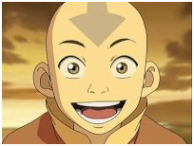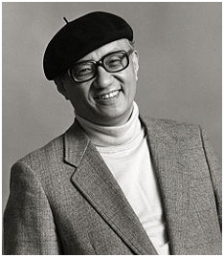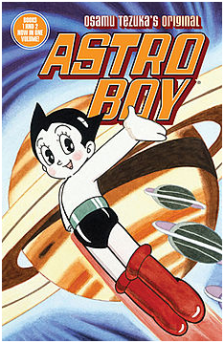Jason Miller
Human Geography
Final Paper
Alex Bullen
Anime and Manga
Anime and Manga are a worldwide cultural phenomena. Anime means animation, while manga means “whimsical pictures”, the native Japanese word for comic books. Although Japanese, these two products are beautiful proof of how goods and ideas spread from one place to another.
Manga was founded by Osamu Tezuka in the 1950’s. Tezuka was inspired by old European cartoons and Walt Disney’s early works, such as Betty Boop, Bambi, and Mickey Mouse. Tezuka’s first public creation, Astro Boy, was astronomically successful. Its adaption into anime was the first of its kind to be broadcast into America during the 1960s. Although Tezuka spent part of his career in anime, he returned to drawing manga sometime before his death. Despite his passing, anime and manga would only become more popular as time went on.
Today, the anime and manga industries rake in billions of dollars for Japan, also allowing job opportunities in other countries for the subtitling or voice over dubbing of anime into English, Spanish, and other languages, as well as the translation of the manga books for foreign readers. Anime and manga’s art style has also influenced the work of artists here in the United States. The Nickelodeon shows Avatar the Last Airbender and its sequel The Legend of Korra have beautiful anime inspired art styles. Noticeable anime characteristics are large, expressive eyes for youthful characters (like Bambi), narrow eyes for sinister characters, triangular hair, vibrant colors for anime, and very expressive line work and numerous gray tones and patters for manga. A big difference between anime and manga is color. Anime, being shown on TV, is very colorful, using base colors, highlights, and shadows. Manga, however, is hand drawn and can have 20-40 pages a chapter (they are usually serialized, a new chapter published in a magazine at least once every month, sometimes twice), so it is not colored, but done in black, white, and gray tones to save time. They are both very wonderful to look at.
From their inception, these art forms were destined to popularity. These Japanese art forms were inspired by European and America cartoons, and today have returned the favor by inspiring cartoons and comics here in the USA! They both spread ideas about Japanese culture, such as cuisine (sushi, ramen, rice balls, and dumplings), and popular words like kawaii (cute) and baka (idiot). Today, manga and anime have entertained, spread culture, and inspired many to pursue their own artistic endeavors, which is something only the great art forms in the course of history can truly brag about.
 Naruto Vol. 1 Cover (One of the most popular manga in the world, Naruto began 14 years ago and has over sixty volumes and counting!)
Naruto Vol. 1 Cover (One of the most popular manga in the world, Naruto began 14 years ago and has over sixty volumes and counting!)
 Aang from Avatar: The Last Airbender
Aang from Avatar: The Last Airbender
Works-Cited
Altschuler, David Skorton and Glenn. “America’s Foreign Language Deficit.” Forbes. Forbes Magazine, 27 Aug. 2012. Web. 07 Dec. 2013.
“Astro Boy.” Wikipedia. Wikimedia Foundation, 12 July 2013. Web. 08 Dec. 2013.
“Graph.” Byte Level, n.d. Web. 8 Dec. 2013.
“Naruto.” Wikipedia. Wikimedia Foundation, 12 July 2013. Web. 08 Dec. 2013.
N.p., n.d. Web. 8 Dec. 2013.
“Osamu Tezuka.” Wikipedia. Wikimedia Foundation, 12 June 2013. Web. 06 Dec. 2013.
“Picture.” WordPress, n.d. Web. 8 Dec. 2013.
“Research.” Little Pim. N.p., n.d. Web. 08 Dec. 2013.
“The Walt Disney Company Turns 90! 7 Things to Know About the House of Mouse.” Babble RSS. N.p., n.d. Web. 08 Dec. 2013.


